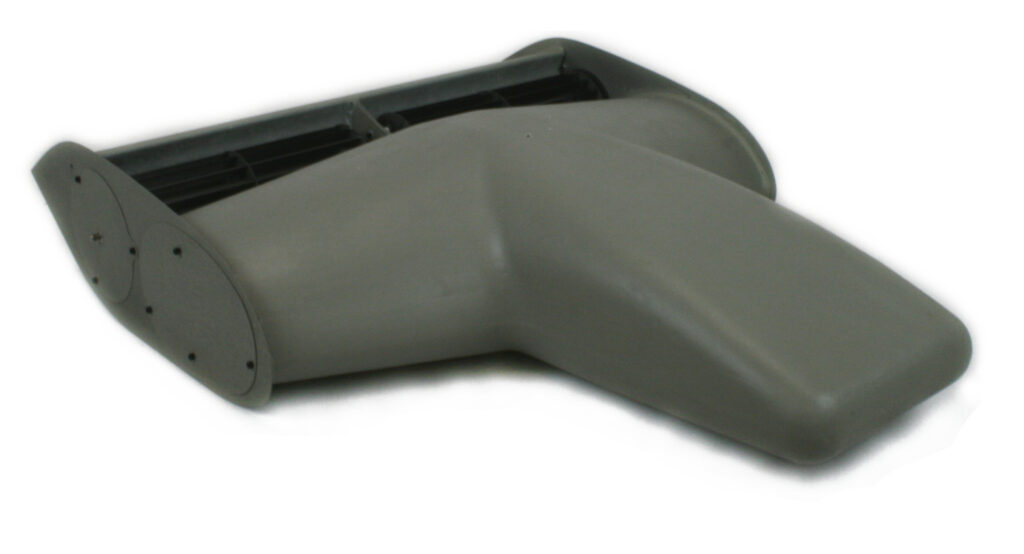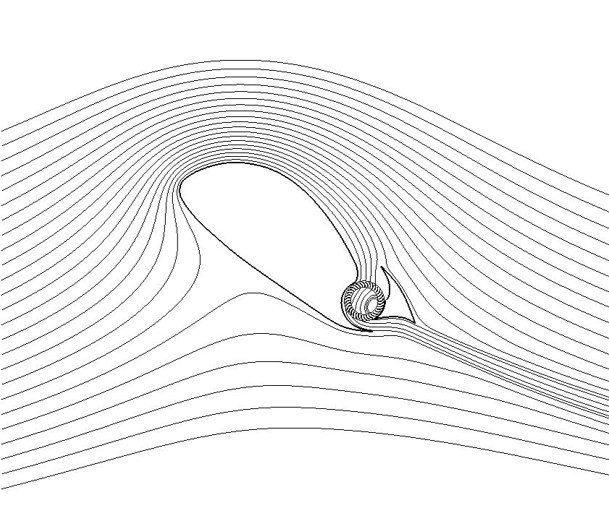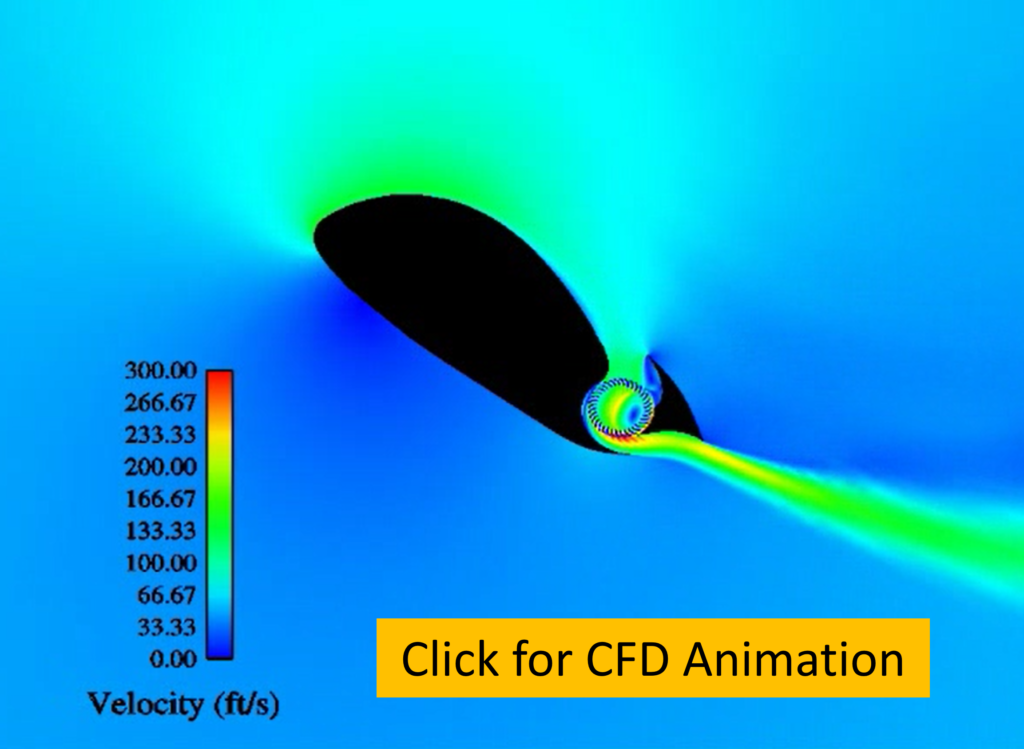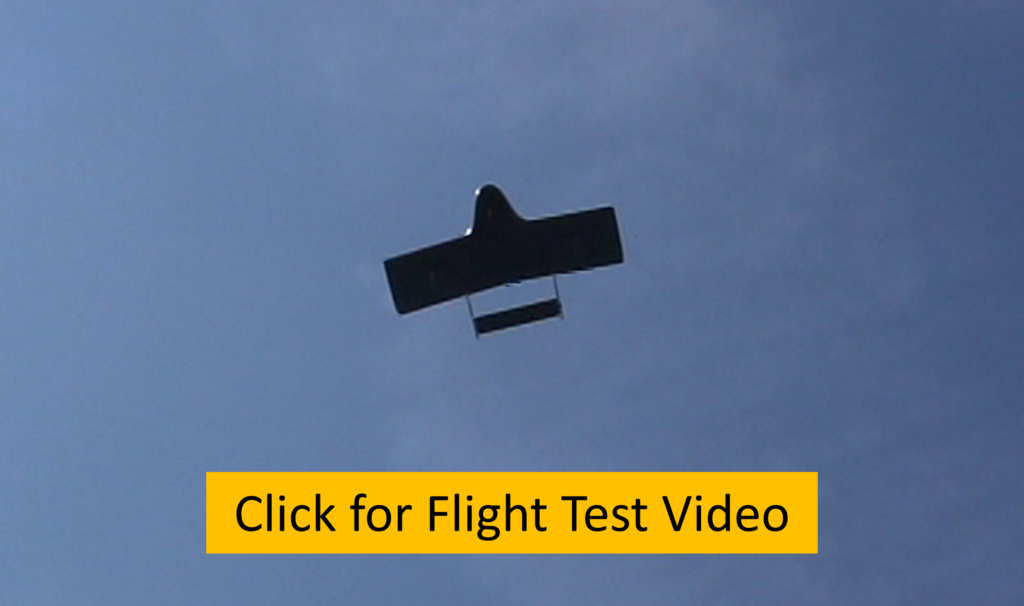Propulsive Wing
The Propulsive Wing replaces the conventional fuselage with an extremely thick wing with partially embedded, distributed cross-flow fans for both thrust and flow control. This configuration maintains smooth airflow, increasing lift, decreasing drag, and preventing stall. The cross-flow fan propulsive wing is essentially a modular technology, which can be integrated into a wide array of aircraft, in both size and mission specifications. It is fully scalable and easily reconfigured to meet changing requirements. Cross-flow fan propulsion advantages are applicable to many sizes of aircraft.
Cross-flow fans, partially embedded within the airfoil section, draw the flow in from the suction surface and exhaust the flow out at the trailing edge. The fans can be powered by any motor or engine. The propulsive airfoil has the ability to draw in substantial amounts of air and maintain attached flow regardless of angle of attack, allowing operation at angles of attack over 45 degrees and lift coefficients of more than 10 at takeoff and landing for extremely short ground roll or hand launch of small UAVs. A combined propulsor, flow control device, and cargo-carrying platform with 34% thickness-to-chord ratio cross-section, the Propulsive Wing provides a compact solution for payload transport. With its unique thick-wing design, Propulsive Wings can carry greater payload weight and has up to 10 times the internal payload volume of conventional systems.
Propulsive Wing Configurations
Several different configurations were designed including an 8-foot wingspan version with fully articulated horizontal tail, a 20" span version with no tail, and a hybrid multi-rotor and cross-flow fan VTOL.
Wind tunnel testing of the MPW configuration along with video of one of the flight tests of the MPW-1 configuration.
The newest patented configuration (US Patent 9,783,291) of the Propulsive Wing is a hybrid axial and cross-flow fan multirotor. The vertical axis axial fans provide VTOL capability, hover, and control. The horizontal axis cross-flow fans provide forward thrust and flow control. This offers a unique platform with both hover and excellent forward flight without the typical speed and efficiency limitations of a conventional multirotor.








